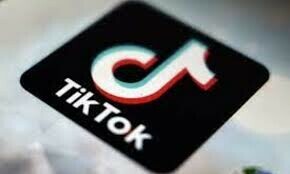ISLAMABAD: The government is expected to pass on the impact of lower international prices to consumers with a cut in the rates of petrol and high-speed diesel (HSD).
In the upcoming fortnightly review of prices on June 15, petrol is expected to go down by about Rs9 and HSD by Rs5 per litre.
According to sources, the prices of petrol and HSD had declined in the international market by about $3.75 and $2.7 per barrel, respectively, in the last two weeks.
This was on top of about $12 and $8 per barrel drop in the price of petrol and HSD, respectively, in the previous two fortnights.
The price of petrol had gone down to about slightly over $90 per barrel from about $94 per barrel while HSD price reduced to $95 from $98 per barrel.
The import premium on petrol has slightly decreased in the last fortnight to $9.50 per barrel from $9.70. On the other hand, the value of rupee has also remained stable.
Depending on the final calculation, including inland freight equalisation margin (IFEM), the price of petrol is projected to come down by Rs9 per litre and that of HSD by Rs5 per litre.
The final price will include the Petroleum Development Levy (PDL), for which the government has already achieved the maximum permissible limit of Rs60 per litre under the law on both petrol and HSD.
This has contributed Rs720bn to the government kitty in the first nine months of the fiscal year ending March 31.
The government had set a budget target to collect Rs869bn in PDL during the current fiscal year under the commitments made with the International Monetary Fund, which has now been revised to Rs960bn.
At present, the government is charging about Rs80 per litre tax on both petrol and HSD, including about Rs19-20 per litre customs duty.
This was despite the fact that the general sales tax is zero on all petroleum products.
Petrol and HSD are the major revenue spinners with their monthly sales of about 700,000 to 800,000 tonnes per month compared to just 10,000 tonnes of monthly demand for kerosene.
Petroleum and electricity prices have been the key drivers of high rate of inflation. Petrol is mostly used in private transport, small vehicles, rickshaws and two-wheelers and has a direct bearing on the budget of the middle- and lower-middle class.
On the other hand, HSD price is considered highly inflationary as it is mostly used in heavy transport vehicles, trains and agricultural engines like trucks, buses, tractors, tube wells and threshers, and particularly adds to the prices of vegetables and other eatables.
Published in Dawn, June 14th, 2024













































Dear visitor, the comments section is undergoing an overhaul and will return soon.